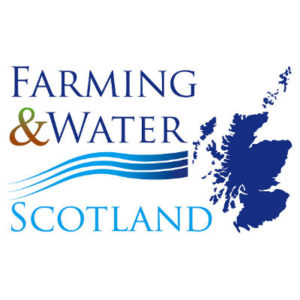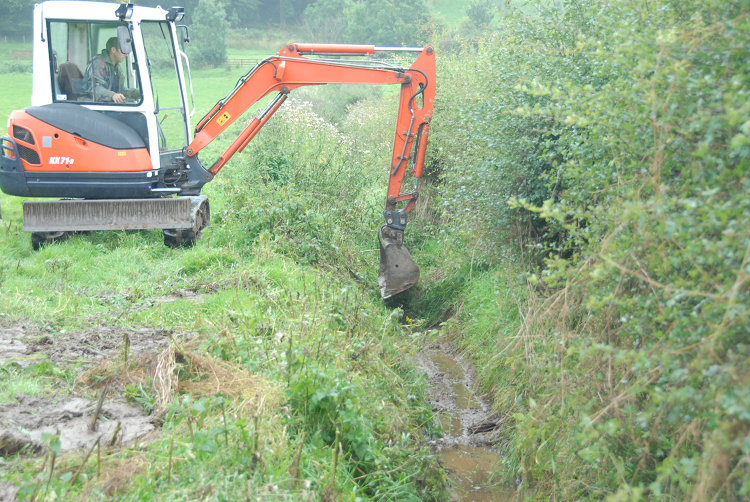Ditching and draining for profit and flood prevention
13 November 2020Well managed watercourses and margins through arable or grassland fields bring a wealth of benefits to the farm.
Careful management not only improves biodiversity and water quality but can increase farm business
resilience from flooding and damage during wet weather. With increased rainfall and longer, and wetter
periods predicted as a result of climate change, farmers and land managers need to work to minimise
the effects on their land and business.
What is considered water margin management?
Managing watercourses and the surrounding water margin area can include practices such as clearing ditches to manage water flow, providing alternative watering facilities to prevent poaching by livestock, or creating an effective buffer zone next to the watercourse with riparian planting.
Management of water margins must comply with Good Agricultural and Environmental Conditions
(GAEC) and the Scottish Government’s General Binding Rules (GBRs). GAEC standards are
available in relation to areas such as managing buffer strips along watercourses, the abstraction of water for irrigation and the protection of groundwater against pollution. These conditions form part of the cross-compliance regulations under the current CAP system. The GBRs are legislative measures which, for agriculture, aim to protect water quality across Scotland. The Farming & Water Scotland website has more information about how farmers can reduce the risk of diffuse pollution from their farm and land management.
This autumn a series of FAS webinars has examined the practical aspects of managing water margins. The series began by looking at riverbank restoration and the use of green engineering to stabilise and enhance riverbanks and the riparian habitat with SEPA’s Simon Olley providing some practical ideas. SAC Consulting’s David Eadie highlighted how planting riparian woodland can enhance the water margin, not only providing a substantial buffer to diffuse pollution but can improve biodiversity and livestock welfare through areas of shade and shelter.
SAC Consulting’s Specialist Livestock Consultant Robert Ramsay, who also runs his own beef and sheep farm in East Ayrshire, shared how he is using alternative watering systems to minimise pollution risks. He has recently taken steps to create and extend water margins and develop riparian habitat on his farm. Robert was joined by Struan Candlish from the Ayrshire Rivers Trust who spoke
about current and past projects to improve water quality on farms in priority catchments.
The final webinar in this series has been rescheduled to a new date of Thursday 10th December at 13:00. The focus is on the practicalities and regulations surrounding clearing field ditches to ensure that farm drainage is kept at its optimal level. Joining us will be SEPA’s Pete Wright plus Derek Hanton and Seamus Donnelly, both from SAC Consulting.
You can book your place for free on the FAS website where you can find full details and links to recordings of the earlier webinars.
Sign up to the FAS newsletter
Receive updates on news, events and publications from Scotland’s Farm Advisory Service

